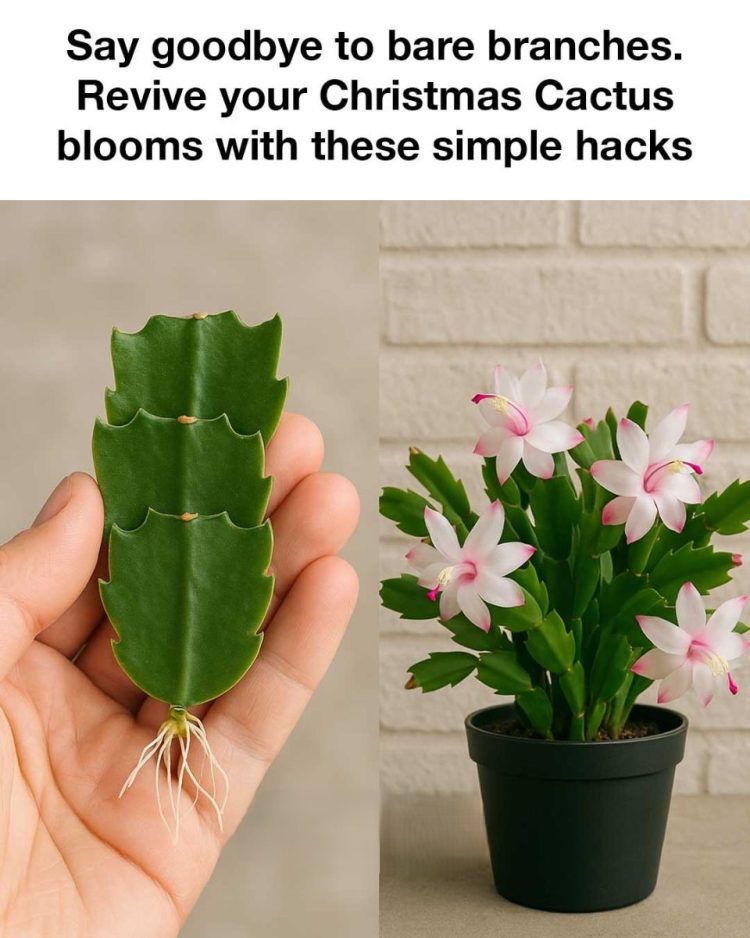Fertilizing your Christmas Cactus can provide the nutrients it needs to produce vibrant blooms. During the growing season, from spring to early fall, use a balanced, water-soluble fertilizer every four weeks. A 20-20-20 fertilizer diluted to half strength is ideal.
In the fall, reduce fertilization to encourage blooming. Once buds have formed, you can resume a light feeding schedule to support the plant’s energy needs during the blooming period.
7. Pruning for Healthier Blooms
Pruning your Christmas Cactus can help promote healthier growth and more abundant blooms. After the blooming period, typically in late winter or early spring, is the best time to prune. Use clean, sharp scissors to remove any dead or damaged segments.
Pruning also encourages the plant to branch out, which can lead to more flower-producing segments. Be sure to remove no more than one-third of the plant at a time to avoid stressing it.
8. Managing Pests and Diseases
Keeping your Christmas Cactus free from pests and diseases is essential for healthy blooms. Common pests include mealybugs and spider mites, which can be treated with insecticidal soap or neem oil. Regularly inspect your plant for signs of infestation, such as webbing or sticky residue.
Diseases such as root rot can be prevented by ensuring proper drainage and avoiding overwatering. If you notice any signs of disease, such as wilting or discolored segments, take action immediately by adjusting care practices and removing affected areas.
9. Repotting: When and How
Repotting your Christmas Cactus is necessary every two to three years to refresh the soil and provide room for growth. The best time to repot is in the spring, after the blooming period has ended. Choose a pot that is one size larger than the current one and ensure it has drainage holes.
Gently remove the plant from its current pot, being careful not to damage the roots. Shake off excess soil and trim any dead or damaged roots. Place the plant in the new pot with fresh soil mix, and water lightly to help it settle.
10. The Power of Dormancy Periods
Allowing your Christmas Cactus to experience a dormancy period is crucial for encouraging blooms. This period typically occurs in the fall and involves reducing watering and providing cooler temperatures and longer nights.
During dormancy, the plant conserves energy and prepares for the blooming cycle. By mimicking these natural conditions, you can trigger the plant to produce buds, ensuring a spectacular display during the holiday season.
11. Viral Hacks for Vibrant Blooms
In recent years, several viral hacks have emerged for encouraging Christmas Cactus blooms. One popular method involves using a diluted Epsom salt solution to provide magnesium, which can enhance blooming. Mix one teaspoon of Epsom salt in a gallon of water and apply once a month during the growing season.
Another hack is to place the plant in a cooler room for a few weeks in the fall to simulate the natural temperature drop that triggers blooming. These simple tricks, combined with proper care, can help you achieve a stunning display of flowers.
